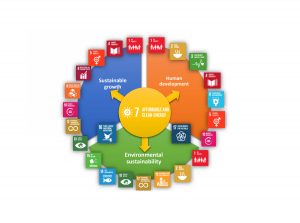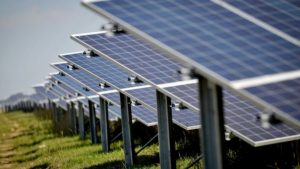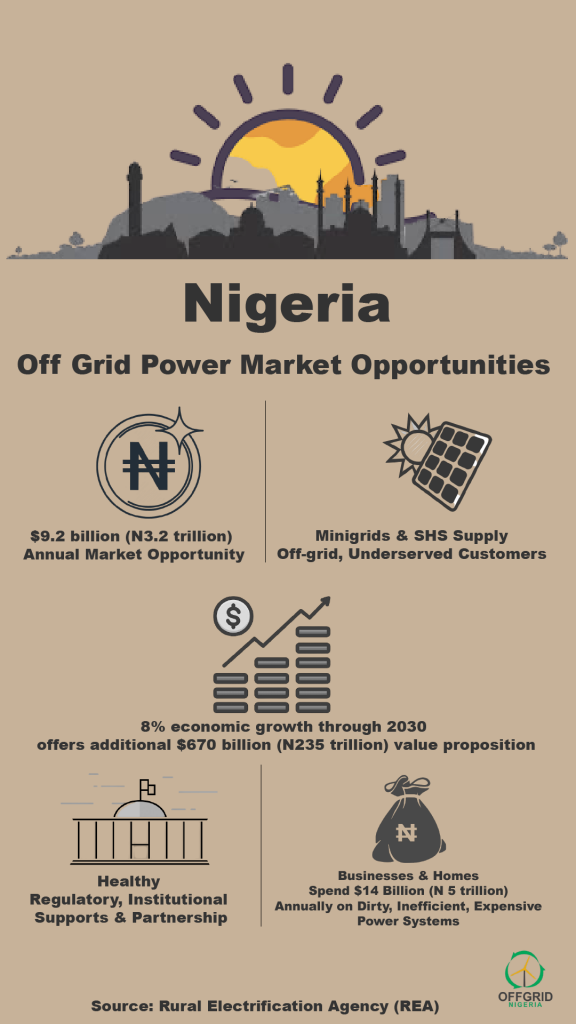In continuation of its serialized research and reports on trailblazing renewable energy technologies, OGN takes a deep dive on bio-energy technologies that defy mind-sets to provide palpable supports to lives.
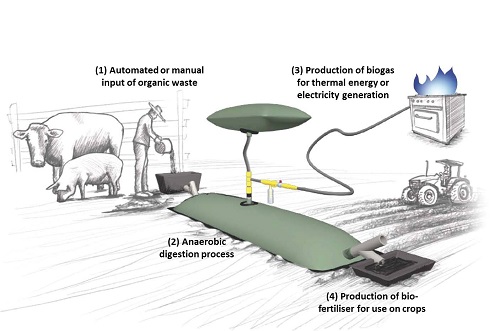
Biofuel or biomass is best described as any organic matter which stores the sun’s energy and can release that energy into heat and electricity when processed by whatever means.
It is basically any biological material like wood, coal, animal dung, crops and even waste, which can be transformed into fuels in one way or another, and is naturally occurring anywhere in the world.
Nigeria has a long and intricate history with all sorts of biofuels, mainly in use as firewood for cooking but the modern uses for biomass far exceed those rudimentary concerns.
For instance, Sweden uses up all the waste she generates to power her towns and cities, making it in fact the only country on earth to produce less than 5% waste, and also the only country to import domestic waste for power.
Today the science exists to burn, degrade and transmute waste it into electricity and the impetus for the technology to grow even further increases with the fluctuations in the markets of traditional power sources as well as the recent revelations on the grave consequences fossil fuels hold for the earth.
Riding on the back of this, OGN presents from its research, three of the more ground-breaking technology in biomass power.
By-products generation (bagasse and rice husk)
This is the practice of using the by-products of whatever farm produce to generate power. One of the best examples of this is the usage of rice husk discarded as chaff by mills to power generators by converting them to synthetic gas (syngas) through the use of a biomass gasifier.
Sugarcane pulp, called bagasse is also similarly used to provide power and heat after it has been dried and processed by simple burning, and since net CO2 emissions from the burnt bagasse are less than that collected by the sugarcane plant while growing, bagasse is CO2 neutral and a renewable source. The burnt bagasse produces steam which in turn powers turbines to produce electricity.
Renewable fuel (ethanol and biodiesel)
Renewable energy has also made inroads into the transportation fuel sector, as ethanol and biodiesel exist to supplement traditional fuels.
Ethanol, which is pure alcohol extracted from corn, sugarcanes, rice and other grains, is already mixed in with regular petrol in the United States and sold in regular filling stations as E10 gas. This E10 fuel indicates that 10% of the petrol’s properties is ethanol.
Ethanol continues to grow in popularity as an alternative fuel, thus the world’s largest producer of ethanol fuel, the US and Brazil, continue experience huge sales and progress, with the US producing 14.7 billion gallons of renewable fuels from about 40 million metric tons of animal feed in 2015.
Biodiesel is a renewable, clean burning diesel extracted from used groundnut oils, animal fats and soybean that is currently being mixed in with normal fossil diesel to create a cleaner after-burn.
Already about 2.1 billion gallons were refined by the US alone in 2015 and the projection for the American markets is for 10% of their entire fuels to be renewable fuels by 2022.
Anaerobic digesters (bio-digesters)
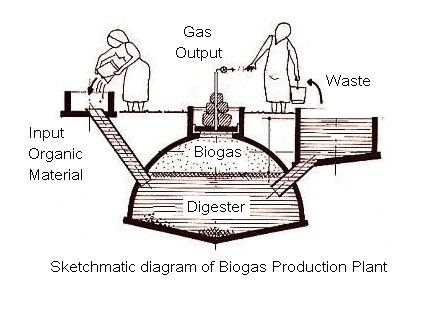
Anaerobic digesters are devices that are designed to breakdown organic matter in an oxygen free environment (anaerobic environment) to produce and capture the methane gas which is a by-product of the breakdown.
They range from incredibly simple and easy to design models which cater to small households to large industrial plants that use the organic waste of entire communities to generate methane gas. They have applications in municipal waste management, water treatment, industrial power generation and agricultural processes, but their most popular facet worldwide is the simple bio-digester which homes in many third world countries use to produce cooking and electricity gas.
Countries in East Africa like Kenya and Uganda have also adopted modal scale anaerobic digesters to serve small communities, proving the versatility of the technology.



